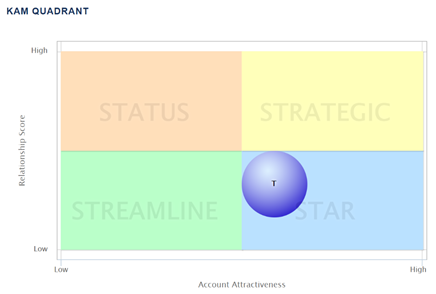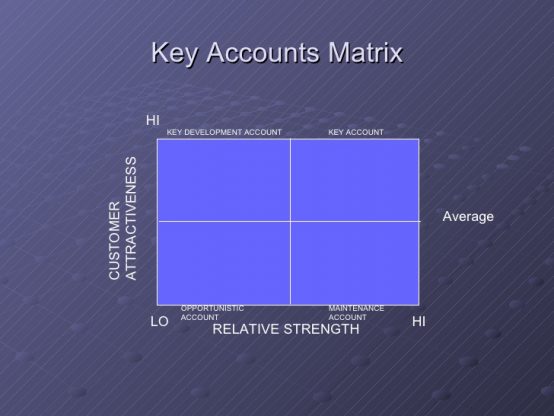
Do you have a key account management in place within your organization? Studies show that 61% of companies say that “training in strategic account management” can enable them to enjoy greater revenue, profit, and customer satisfaction.
But what exactly is key account management?
Sales follows the Pareto principle. Also known as the 80/20 rule, the law of the vital few, or the principle of factor sparsity, it states that, for many events, roughly 80% of the effects come from 20% of the causes. In sales, this translates to: 80% of your sales come from 20% of your clients.
Key account management (KAM), also known as strategic account management (SAM), focuses on that 20%. These 20% are key clients or accounts that drive more growth for your company. With KAM, the goal is to cultivate stronger, deeper, and more long-term relationships and partnerships with key accounts to ensure consistent growth (in all areas) for your company.
However, 48% believe that the key account management process in their company lacks effectiveness: 42% attribute lack of effectiveness to “company structures, systems and/or processes” while 36% attribute it to “lack of cooperation and collaboration among various groups at the company.”
Key account management is effective if you have the correct program and strategies in place. This is very important. However, most companies fail at the most basic: choosing their key accounts.
One thing to remember about key accounts: they must have financial AND strategic value. Most companies think that long-standing accounts are key accounts. Not necessarily. Another common mistake companies make when selecting key accounts is simply looking at an account’s current revenue. You also have to look at potential growth. If it’s profitable now, it doesn’t mean it will be profitable forever.
These currently profitable accounts may also not be aligned with your company in terms of strategies and values. And a core component in key account management is the relationship between you and the account. The relationship has to be mutually beneficial. Does client/account also see you as a strategic and attractive partner? Do you share the same business goals or vision for the future?
So, how do you choose your key accounts?
SBI says that there are 3 critical steps in selecting Key Accounts:
- Conduct a Portfolio Analysis
- Tie your company’s overall strategy to the selection analysis
- Start with a pilot (2-3 accounts) then expand
One of the Sales Techniques used by Sales Consulting Firms is the Customer Value Matrix job aid (Example #1).

(source)
You can also do a more extensive 12-step process when conducting a portfolio analysis.
The second step involves establishing your criteria for key account selection. It’s recommended that you limit them to three to five. Some examples of possible criteria include:
- Revenue potential (avoid weighting this too heavily)
- Centralized purchasing
- Product fit
- Solvency
- Growth potential
- Existing relationships
- Possible Channel Management partner
- Cultural fit
- Geographical alignment
Salesforce has an 8-point framework that helps evaluate attractiveness of the account. These 8 points include:
- Stability of the business and the market they serve
- Opportunity for cross and up-selling
- Access to further and adjacent market opportunities
- Stable and regular order flow
- Aligned strategies and values
- Financially secure with good cash flow and payment terms
- East of doing business – people, systems and process
- Brand value association
Key account frameworks, like the two below, also help determine account attractiveness.
A KAM quadrant helps in knowing the account attractiveness and the strength of the relationship in that account.

(source)
Strategic: Invest mindshare and ensure profitability
Star: Invest time and money. Need not be profitable yet.
Status: Maintain the status quo.
Streamline: Manage for profitability.

(source)
Senior management should be extensively involved in the criteria selection. Management has a clearer vantage point of the company’s long-term strategic and financial goals—and, as mentioned, these are critical factors in choosing your key accounts.
Don’t think that you need to have a lot of key accounts to kick off your key account management program or for it to be successful. The reason you go through an extensive process for key accounts selection is so you get quality—not necessarily quantity. You can start small for now and then grow the number in the future. It would also be easier to test out your key account management program on these first few accounts.
So now that you have your key accounts, how do you make sure you get the most of your key account management? That’s in our next post.
Photo by rawpixel.com from Pexels





